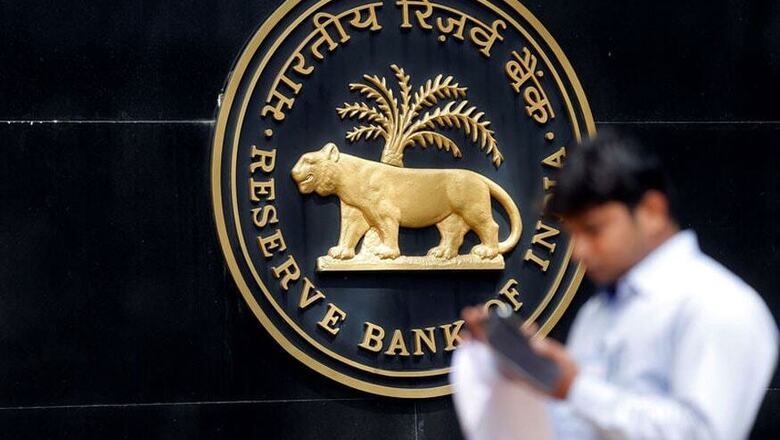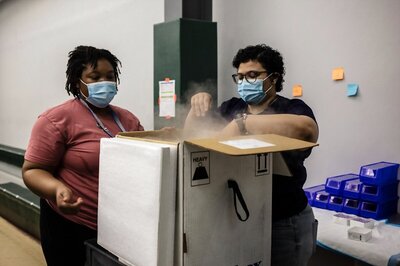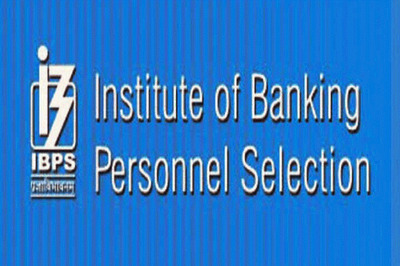
views
Mumbai: Economic activity as measured by Gross Value Added (GVA) is expected to expand by 7.3 per cent in the current fiscal, up from 6.6 per cent in 2016-17, the Reserve Bank said noting the risks are evenly balanced.
The headline inflation, it said, is expected to be in the range of 2-3.5 per cent in the first half of 2017-18 and 3.5-4.5 per cent in the later part. Global growth is gaining traction in 2017-18 with the recovery, driven primarily by a cyclical upturn in investment, manufacturing and trade, the RBI said in annual report for 2016-17.
Favourable domestic conditions are mainly expected to enable a quicker pace of overall economic activity during the year, it said.
While growth is again expected to be consumption-led, continuing remonetisation should enable a pick-up in discretionary consumer spending, especially in cash-intensive segments of the economy, the central bank said.
The report said that expected normal monsoon and the resultant replenishment of reservoirs, policy initiatives of the government such as hike in MSPs and increasing crop insurance coverage are likely to help in boosting crop production and supporting rural demand.
"On the whole, real GVA (Gross Value Added) growth is projected to rise from 6.6 per cent in 2016-17 to 7.3 per cent in 2017-18, with risks evenly balanced," the RBI said.
It also noted that early indicators for 2017-18 based on IIP and the performance of eight core industries point to subdued industrial activity.
"The prospects for the manufacturing sector remain uncertain in the short term in view of the implementation of GST," it said, adding the services sector is, however, expected to perform better during the year.
The central bank further said that in the fiscal sphere, while the gains to growth, efficiency and tax buoyancy over the medium term from GST are unequivocally recognised, near-term uncertainties with regard to revenue mobilization therefrom - which could impact fiscal consolidation at both centre and state levels - cannot be ruled out as this fundamental reform gains pan-India traction.
Post demonetisation, the pace of monetary transmission from the policy repo rate to banks' lending rates accelerated significantly, aided by the increase in the share of low-cost current account and saving account (CASA) deposits in bank funding, the report said.
However, the transmission to actual lending rates was uneven across sectors, reflecting sector-specific credit risk dynamics, it added. The report further said the announcement of farm loan waivers by four state governments (so far in 2017-18) and the potential announcement by several others pose a major fiscal risk over the medium term.
On the banking sector, the report said as of end-March 2017, 12.1 per cent of the advances of the banking system were stressed. A sharp increase in provisioning for NPAs adversely impacted profitability of banks, with the public sector banks as a whole continuing to incur net losses during 2016-17.
The report said the actions of the government authorizing the RBI to direct banking companies to resolve specific stressed assets by initiating insolvency resolution process are expected to significantly improve the resolution of stressed assets, particularly in consortium or multiple banking arrangements.
The RBI has directed banks to file proceedings under the Insolvency and Bankruptcy Code (IBC) in respect of 12 accounts comprising about 25 per cent of the current gross NPAs of the banking system.



















Comments
0 comment